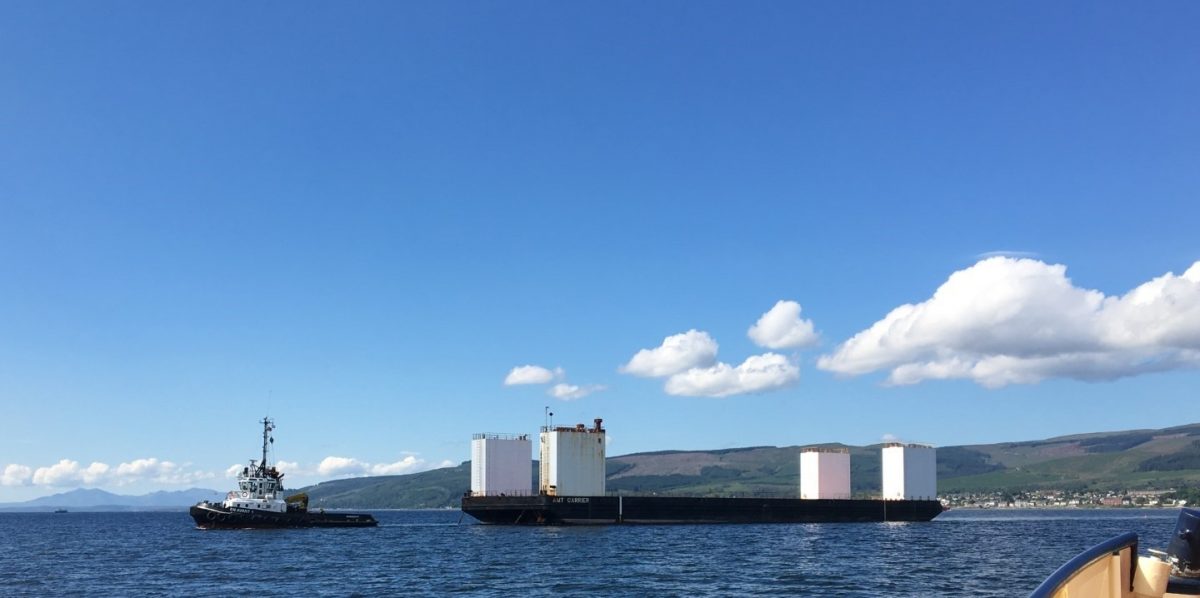- Top Tip Series: How seagoing barges may comply with ballast water treatment regulations
Seagoing barges can’t comply with ballast water treatment regulations…or can they?
In short, the answer is yes, they can, however there are challenges.
As many sea going barges are non-self propelled, there is an absence of machinery space on board. Given this, a standard retrofit installation of a ballast water treatment system is not an option. Indeed, finding adequate room within the machinery space on self-propelled barges may not be possible.
Therefore, an alternative to a standard retrofit is required, which points to a “boxed” treatment system mounted on the deck of the barge. This can be in the form of a permanently installed deckhouse system or a mobile containerised system.
Barge projects may not always require ballast water treatment and there will be times when the barge is standing by, awaiting a contract. For these reasons having a mobile containerised treatment system may be the most cost-effective solution, with one container shared between a small fleet of barges. Taking this a step further it may be wise for owners with small barge fleets to consider a collaboration, so that one mobile treatment system can be shared between both companies.
Operational ballasting during load out and load in operations can be an additional challenge on some barges. If the operational ballast tanks have retained some untreated residual ballast water from a previous location, then this residual water in the operational tanks cannot be pumped out in the new location. Treatment during operational ballasting is not a realistic option due to the high pumping rates, however if a suitable treatment technology is selected for the containerised system, it will be possible to use the system to flush or purge the operational ballast tanks prior to cargo operations commencing. This will ensure the barge is compliant during load out and load in operations.
There are many considerations and some challenges, however compliance is possible with careful planning.

